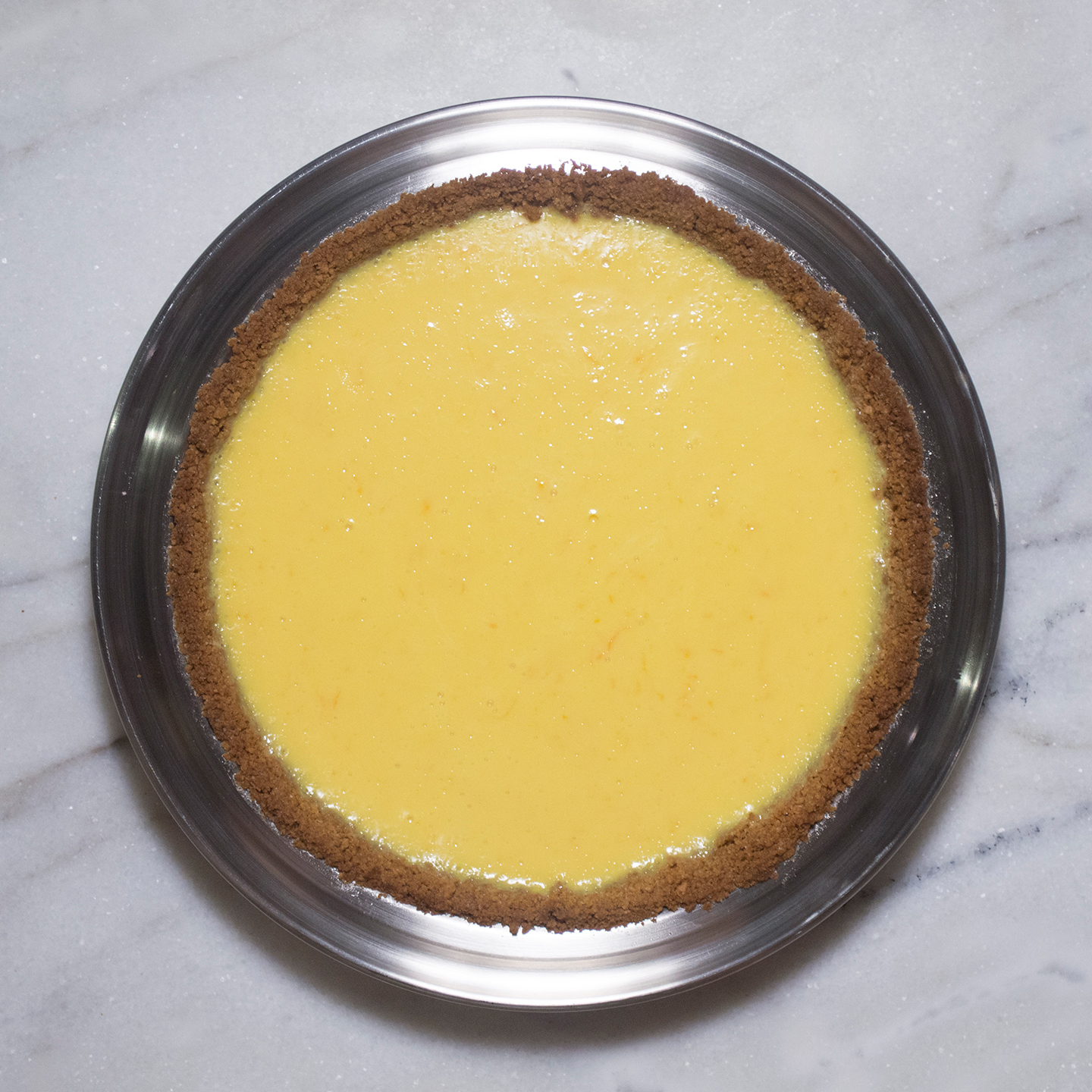
My hubby and I have been talking for weeks about making a satsuma pie. Ever since I baked two key lime pies for New Year’s, we wanted to do a little bit of a science experiment at home.
We bought a whole bunch of satsumas (to juice and to eat, because it’s still citrus season, and I *need* my oranges!), and also bought a pouch of citric acid and a container of pH test strips. We wanted to keep the essence of the key lime pie, but change it up with a different citrus fruit.
Limes are quite acidic, hitting at a mouth-puckering pH level of around 2.5, while satsumas are in the upper regions of around 10-11. The only way for us to make sure we get that same refreshing and saliva-inducing reaction from satsumas was to add some acid to the mix! That’s where the citric acid comes into play.
Before adding the citric acid, we did a taste test of the satsuma juice. One of the oranges was probably a touch acidic, as the juice had a bit of a kick to it. I had hoped for that to happen so I didn’t have to add too much citric acid. After mixing and running a few tests, the juice was ready for the recipe!
Recipe for Satsuma Pie
- One 9-inch Pie
- Preparation:
- Cooking:
- Waiting:
Ingredients
Pie Crust:
- 140g (9 crackers, or one pouch) Graham Crackers
- 20g (5t) Granulated Sugar
- 3g (½t) Kosher Salt
- 85g (6T) Unsalted Butter
Filling:
- 180g (¾-cup, or about 3-4 Satsumas) Satsuma Juice
- 400g (1 can) Condensed Milk
- 5 large Egg Yolks
- 6g (1T) Satsuma Zest (optional)
Whipped Cream:
- 240g (1 cup) Heavy Whipping Cream
- 35g (about 4T) Confectioner’s Sugar
Other Essentials:
- Citric Acid
- pH Test Strips, range 0-14
Procedure
- Preheat the oven to 350°F (176°C). In a food processor, crush the graham crackers into crumbs. Add the sugar and salt, and pulse until combined. Remove the contents into a small bowl.
- In a small saucepan on low flame (or in the microwave), melt the butter and pour onto the cracker crumbs. Mix until the crumbs are evenly coated.
- Press the ground graham crackers into the pie pan, spreading it evenly to make a secure crust.
- Bake for 8 minutes. Remove from the oven and cool the pie shell.
- Squeeze the juice into a small bowl and strain through a sieve. Take a test strip and measure the pH. Add ¼t of citric acid into the juice and mix thoroughly. Test the pH again. Continue adding citric acid into the juice, ¼t at a time, until the pH is between 2-3.
- Mix together all of the filling ingredients and pour into the cooled pie shell.
- Bake for 15 minutes, or until the custard is set. Cool and refrigerate for 3-4 hours before eating.
- Right before serving, make whipped cream with heavy cream and confectioner’s sugar. Whisk until medium-stiff peaks.
- Pipe rosettes onto the top of the pie, or serve the cream on the side.
*Bunny Wisdom*
- Try not to make a powder with the graham crackers. Keep the crackers crumbly.
- Pre-baking the shell for 8 minutes allows the crust to get some color and keep its shape.
- If 5 yolks are too much for you, decrease the yolks to 3 or 4. The more yolks, the creamier and richer the texture.
- I added a total of 1t citric acid into the juice. You may end up using more or less citric acid to bring your satsuma juice to the right pH level.
- Be sure to strain the satsuma juice through a fine-mesh strainer to remove the pulp.
- You will notice that the mix of yolks, juice, and milk will thicken naturally. That’s the citrus and the milk. Don’t worry, your mix is doing what it’s supposed to do.
- The short baking time is only to cook the yolks in the filling. Don’t over-bake.
- Make whipped cream, or, to make it more decadent and billowy, make some French meringue and brown the top with a torch or broiler. To make French meringue: whisk 3 egg whites with 100g (½-cup) of granulated sugar (add a pinch of cream of tartar, if you choose). Gradually add the sugar in as the whites are whisking. Stop mixing when the meringue is stiff and glossy, and the sugar is all incorporated. Spoon, spread, and torch!
Nutrition Facts
- Total Fat 28.5g36.5%
- Saturated Fat 16.3g81.5%
- Trans Fat 0.4g
- Unsaturated Fat 10.5g
- Polyunsaturated Fat 2.4g
- Monounsaturated Fat 8.1g
- Cholesterol 189mg63%
- Sodium 304mg13.2%
- Total Carbohydrate 51.3g18.7%
- Dietary Fiber 0.7g2.5%
- Total Sugars 41.5g
- Includes 32.1g Added Sugars64.2%
- Protein 7.9g15.8%
- Vitamin A 276µg18.4%
- Vitamin C 9mg15%
- Vitamin D 1µg10%
- Calcium 197mg19.7%
- Iron 1mg5.6%
- Potassium 299mg8.5%
I’ve kept the satsuma pie recipe virtually the same as the key lime. The addition of the acid really helps bring the pie together; without it, the pie would be too sweet and we wouldn’t have the acidity we need to mix the filling. It’s really neat to watch how acid curdles the condensed milk, thickens our mixture, and turns into a yummy pie!
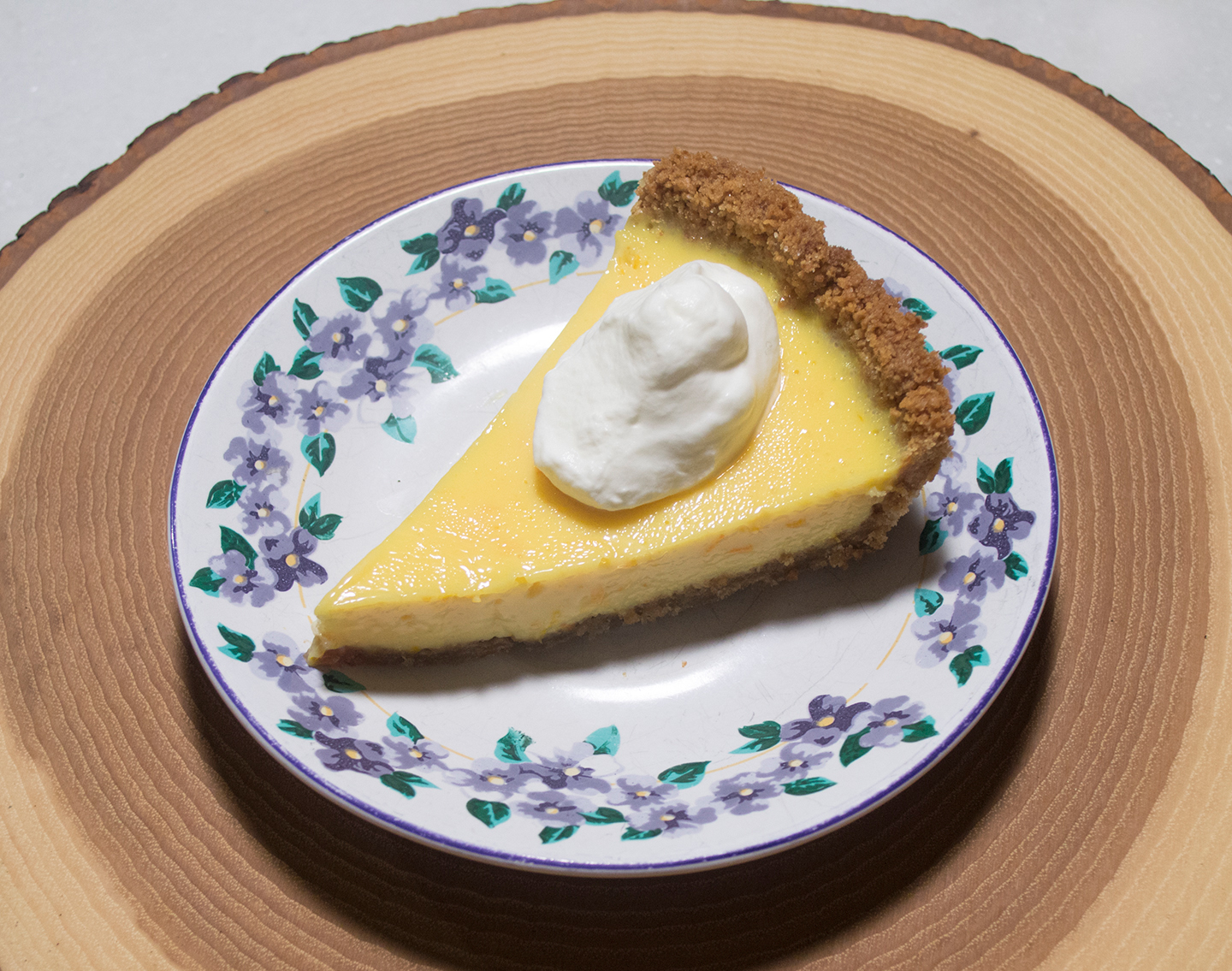
**Here are some of the items I use for this recipe. Please, feel free to browse and ask questions on anything you see listed below.**

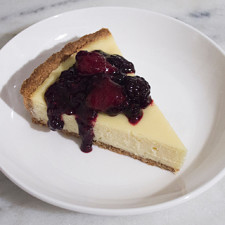
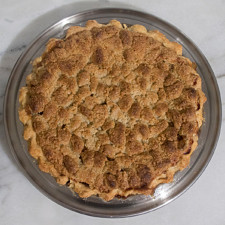
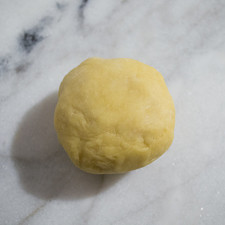
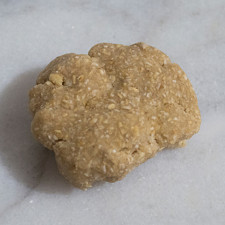
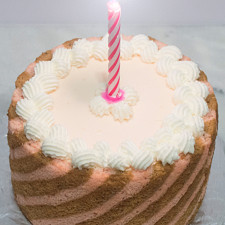
No thoughts on "Satsuma Pie Recipe."